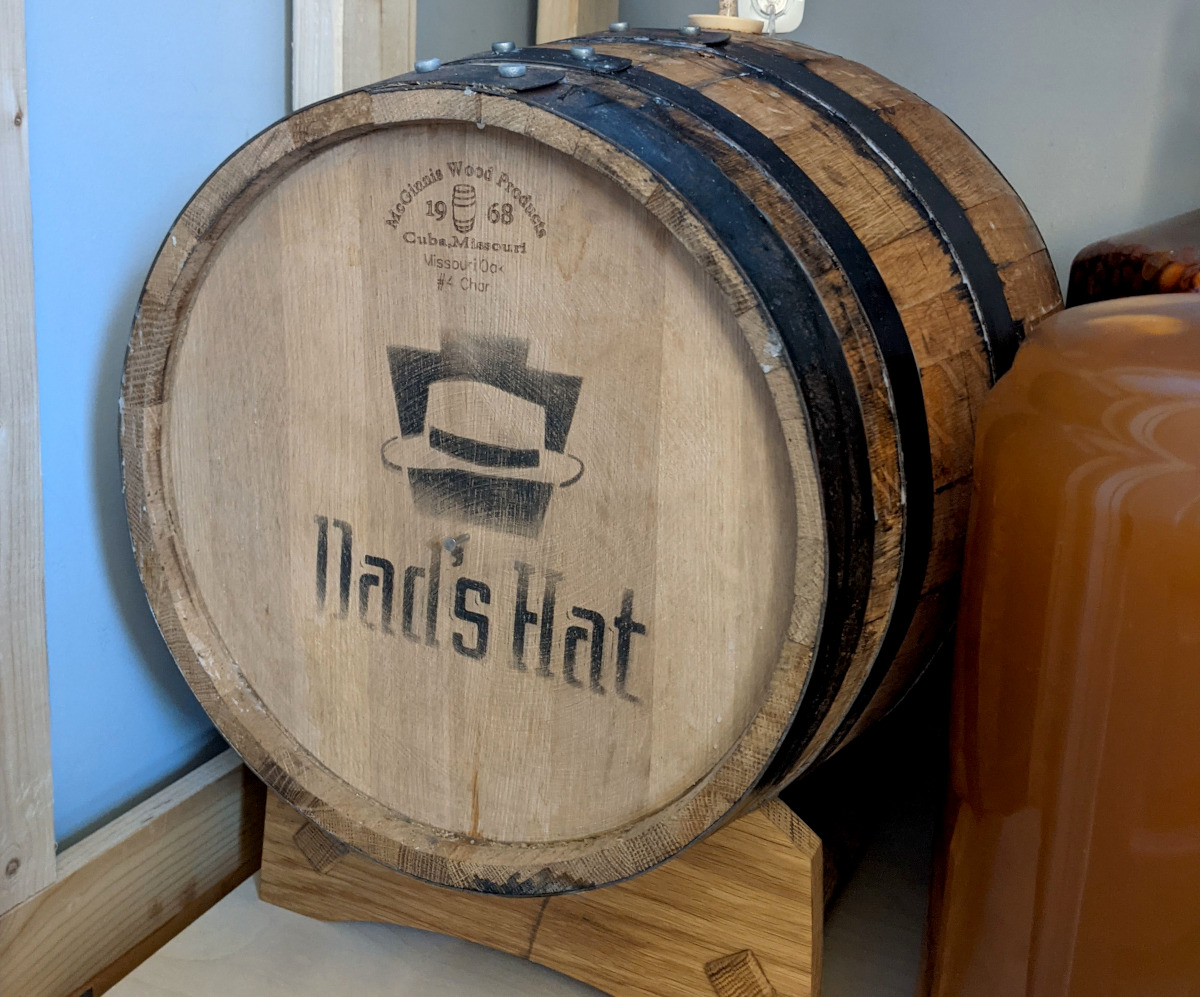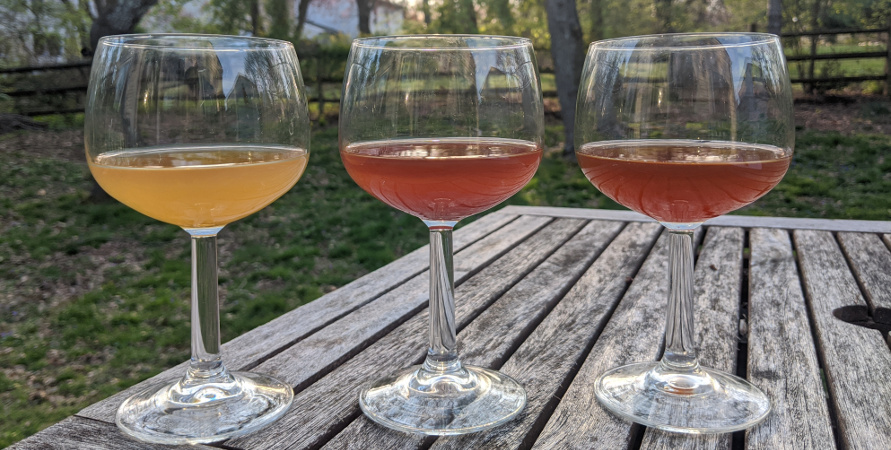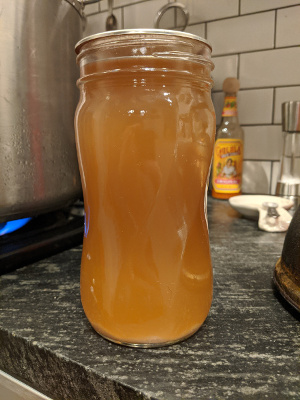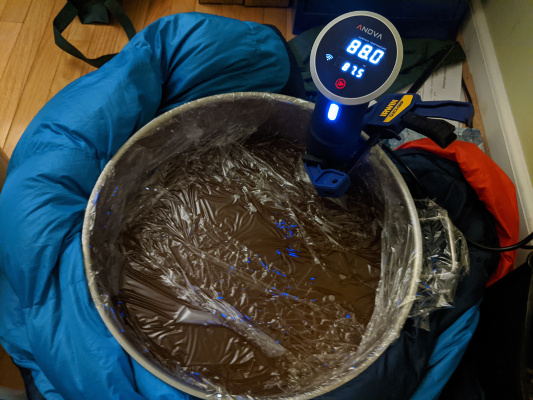Solera Red: Year Three
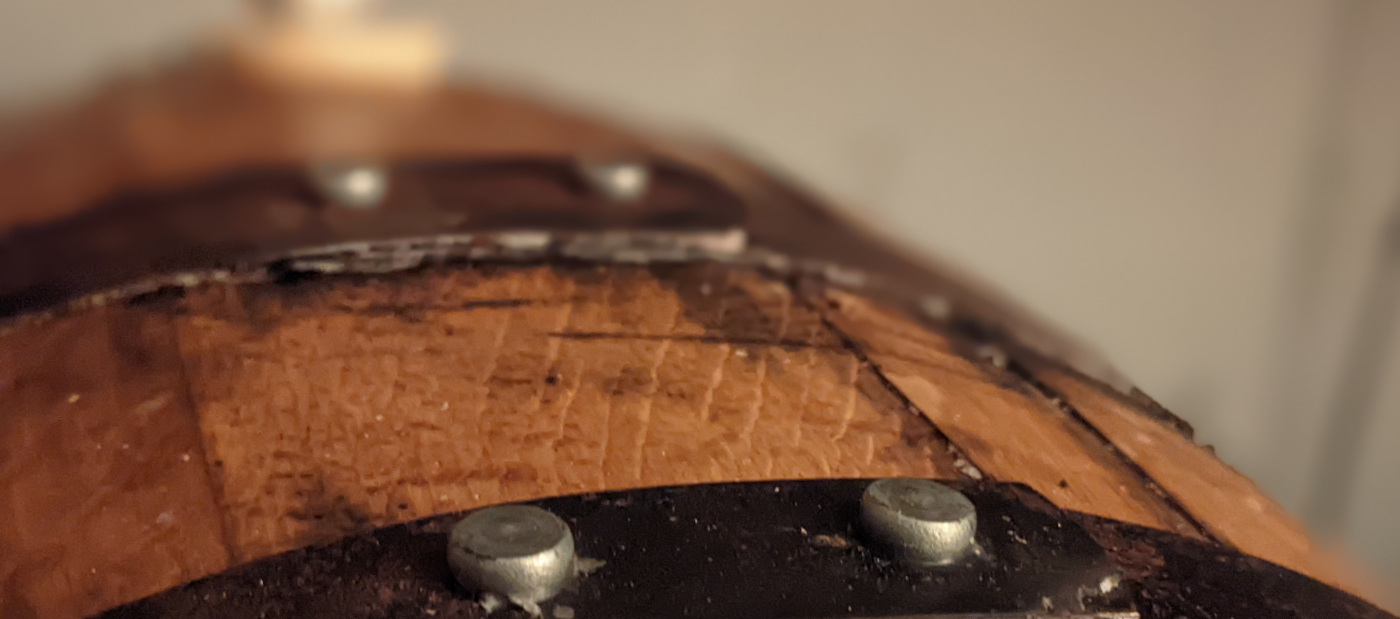
Time for another solera update.
I’ll be brewing two batches to get enough volume for this year. I expect to need about seven and a half gallons to refill the barrel and the rest will go into a keg for top ups. I’m pulling about half of the barrel’s volume this year instead of a third. The barrel is still tasting good, but I’m worried it might be starting to go in a direction I don’t like, so I’m going to pull some extra now while it’s still tasting nice.
I filled a keg last year for top ups, and I really liked the process of topping up from the keg. Unfortunately the beer in the keg ended up not tasting great, so I’m going to dump the old keg and try again with fresh beer this year.
I’d like to modify the solera to be a bit less sour so half of this year’s beer will be fermented without any lactic bacteria, just Sacch and Brett. I’ll be using Omega’s C2C Saison blend for this.
I’ve used C2C in the past and I think it made a perfect blending beer. No really loud flavors, just a subtle and pleasantly funky beer that melded really well with other sours. (It’s nice on its own too, the white wine saison I made with it is one of my favoite funky beers so far).
Read more
